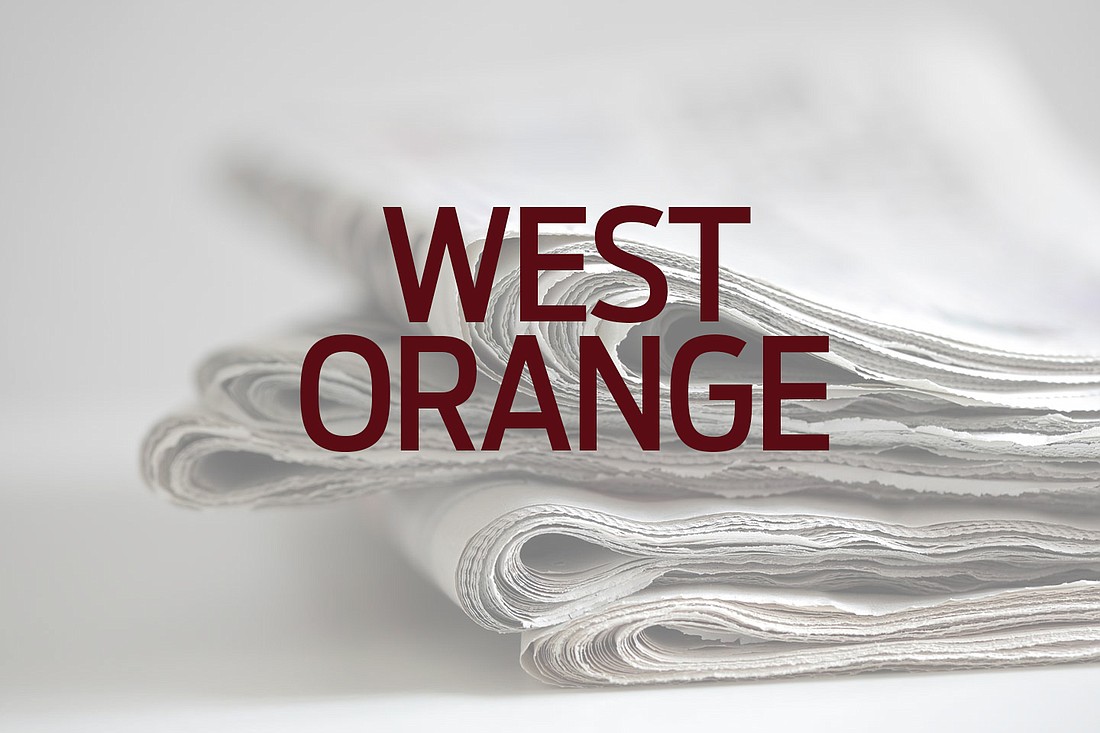- April 25, 2024
-
-
Loading

Loading

As Orange County Mayor Jerry Demings rallies for a potential one-cent sales-tax increase, the question of how it could have an impact on the status of transportation in West Orange County has been brought up.
It was a hot topic during the West Orange Chamber of Commerce’s transportation conversation meeting, held Friday, Nov. 15. Orange County District 1 Commissioner Betsy VanderLey was the spotlight speaker and shared information about the current status of transportation — as well as future needs — in West Orange.
With the growth that comes with development in Horizon West and in West Orange County as a whole, there is both a disconnect between building houses and infrastructure to support them, as well as between building infrastructure and having sufficient funding to do so.
“The growth is undeniable,” VanderLey said. “You all need to understand that when those people come, they bring their cars and drive on our roads, and they bring their kids and put them in our schools. What we collect in Orange County right now in terms of transportation impact fees, on average, is about $20 million a year. That gets assigned to zones, so if all $20 million gets collected by development in District 1, all $20 million is allocated to that district to be spent there. That does not travel throughout the county.”
VanderLey added that the county also collects around $30 million per year in gas tax, making the total funds available for traffic problems locally — outside of ad valorem, state and federal funds — $50 million. However, she said, it costs about $12 million per lane mile of a four-lane divided road.
“That means somewhere in Orange County, I get four miles of road,” she said. “That’s inadequate to the needs that we have with the population shift that we’re seeing.”
Additionally, she said, when looking at future needs for transportation, public transit must be part of the conversation. If there is to be a conversation as a community about workforce housing, there also needs to be one about workforce transportation.
“It’s not to say that we don’t have a need, it’s just that, ‘Is this the right amount of money and right period of authorization to address the need?’ I don’t think anybody here can say, ‘We don’t have a transportation problem, why are we even talking about this?’” — Betsy VanderLey
VanderLey told attendees that they will be hearing over the next few months from the county about the need to fund the shortfall for LYNX and SunRail, which the penny sales-tax increase would help with. However, she said, her main concern is that the county has not yet defined what that shortfall looks like.
“I don’t think anybody here can argue with the need,” she said. “I think the concern is … we haven’t entirely defined what that shortfall is. … If the mayor is successful in passing his penny sales tax, that’s about $600 million a year and he’s proposing, last I heard, in the neighborhood of 25 years. That’s a lot of coin.
“Until somebody can define for me what the shortfall is in terms of LYNX, in terms of our infrastructure, in terms of future plans for SunRail, I can’t be supportive of a penny for 30 years because I don’t know where we’d spend it all,” she added. “It’s not to say that we don’t have a need, it’s just that, ‘Is this the right amount of money and right period of authorization to address the need?’ I don’t think anybody here can say, ‘We don’t have a transportation problem, why are we even talking about this?’”
This would be a charter sales tax — meaning the county wouldn’t necessarily have to share the funds with its municipalities — but many West Orange leaders believe that in order for it to pass, the county will need support from those very municipalities.
Although finding a solution for the transportation problem, finding the balance between mass transit and infrastructure and how to fund it all currently are the mysteries surrounding the topic of transportation, VanderLey told attendees that whatever is done must address the needs of the community in a way that is defendable and noble.
“We have to make sure we’re not disadvantaging the very people we’re trying to help by not carefully looking at what that number, what that shortfall, looks like and where it needs to be leveraged,” she said. “It’s the cost of doing business as a community that we provide the infrastructure for people to get where they need to go.”